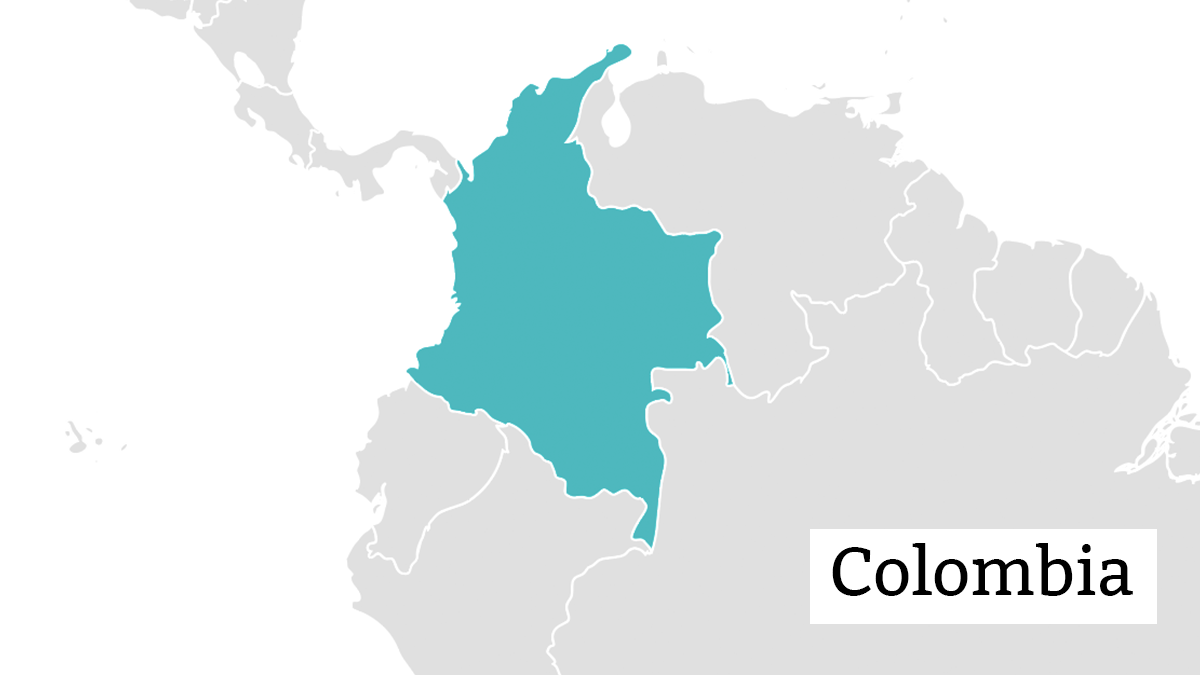
Among other policy interventions, Colombia has also made strides to address the lack of infrastructure in rural regions. According to field research conducted by A4AI in 2019, 22% of individuals in rural areas are not connected to the internet, as opposed to just 14% of their urban counterparts. Due to the high deployment costs and low population density of rural and remote areas, there are little incentives for network operators to build out infrastructure. As a solution, both Colombia’s Congress and Communications Regulation Commission (CRC) have introduced a set of regulations to facilitate passive infrastructure sharing.
Infrastructure sharing is a powerful tool for increasing affordability and catalysing the deployment of connectivity infrastructure. Passive infrastructure sharing, currently active in Colombia, consists of sharing network equipment such as masts, sites, cabinets and conditioning, whereas active infrastructure sharing refers to elements like antennae, nodes and radio network controller elements, and in some cases even spectrum. According to the 2014 OECD Review of Telecommunication Policy and Regulation in Colombia, sharing infrastructure cuts 30% of capital expenditures and 15% of operating costs. This practice was popularised in the European Union and is now being adopted by several countries in Latin America and around the globe.
Moreover, passive infrastructure sharing is particularly central to mobile broadband deployment. According to a 2019 GSMA study on infrastructure sharing, the practice can more readily allow the deployment of more advanced networks such as 4G, LTE, and eventually 5G, through the use of previously established 2G and 3G infrastructure.
Over the years of its maturing mobile broadband market, Colombian authorities have gradually expanded a range of regulatory measures to encourage and facilitate infrastructure sharing both within the sector among competitors and across different sectors beyond telecommunications.
In 2007, the Congress of Colombia, through the National Development Plan 2006-2010 (article 151 of law 1151), introduced the concept and relevance of infrastructure sharing to accelerate universal access. The Congress established that owners of ducts, poles, and towers should, under certain conditions, provide open access to others, and it gave the CRC the task of implementing the policy.
In 2008, the CRC started facilitating infrastructure sharing through a series of regulations and passed Resolution CRC 2014. This resolution requires network operators to share all ducts, poles, and towers, regardless of market share, and defines a cost-based price determined by CRC’s methodology (see article 5). In addition, it requires operators installing new ducts to reserve 30% of capacity for sharing requests. In 2011, Resolution CRC 3101 defined civil infrastructure as an essential facility for access and interconnection, therefore expanding sharing to rights of way, energy sources, and other physical facilities.
In 2013, the Ministry of ICT (MinTIC) passed Resolution 449 which requires 4G tender awardees to participate in roaming agreements and share passive infrastructure; those failing to do so would risk losing their spectrum license. As a result, network operators Tigo and Movistar announced a passive infrastructure sharing agreement for their 4G rollout, which resulted in a faster deployment timeframe for their infrastructure deployment.
In 2013, the CRC worked with the Ministry of Energy to expand infrastructure sharing beyond the telecommunications industry. Joint Resolution 4245 allows all operators to use elements of electricity grids — including poles, ducts, and channels — to provide telecommunications services.
In 2016, the CRC performed a study to analyse and evaluate the effect of infrastructure sharing in the Colombian market for both mobile and fixed broadband provision. They concluded that the current regulatory structure was sufficient to promote infrastructure sharing, although they are considering updating the 2008 tax ceiling to facilitate further partnerships between operators.
In January 2020, the CRC enacted Resolution 5890, which reduces the fees telecommunication providers are charged for accessing shared infrastructure provided by the public energy sector by 74%. This measure is expected to incentivise telecommunications providers to expand their networks into rural and other difficult-to-access areas — a move that is expected to increase access and improve affordability in those areas.
Infrastructure sharing offers great cost efficiencies for operators, especially when providing services to rural and remote areas where per-tower revenues will be lower. In turn, it can translate into more affordable services for people in those areas when operating costs are reduced.
A note from the International Finance Corporation in 2020 on infrastructure sharing found that the transfer of two operators’ tower portfolios to an independent company, supported by the environment that the infrastructure sharing regulations created, reduced the price of calls as a percentage of income per capita by 1.5 percentage points per year afterward; the price of mobile broadband also fell by 3.3 percentage points per year between 2012 and 2017. This greater affordability has contributed to Colombia’s meteoric rise in mobile broadband adoption, with rates for 3G exceeding 90% since 2016 and an expected 79% 4G penetration rate by the end of 2020.
Infrastructure sharing also has a positive effect on market competition. For example, new entrants can enter into passive infrastructure sharing agreements with incumbents who have already established infrastructure in hard-to-reach areas. This is especially important because many new entrants do not have inherited network structures from previous eras. Historically, before its liberalisation, Colombia had several regional telecoms monopolies while one state-owned enterprise, Telecom, had a monopoly over national and international calls. After its liberalisation, Colombia has shown its commitment to ensuring a competitive and dynamic telecommunications market, especially within the mobile sector.
Infrastructure sharing regulations, combined with Colombia’s successful digital transformation plans, such as Vive Digital and El Futuro Digital es Para Todos, show that the country is continuing its endeavour to create inclusive, affordable, and sustainable connectivity by focusing on all aspects of the telecommunications sector.
